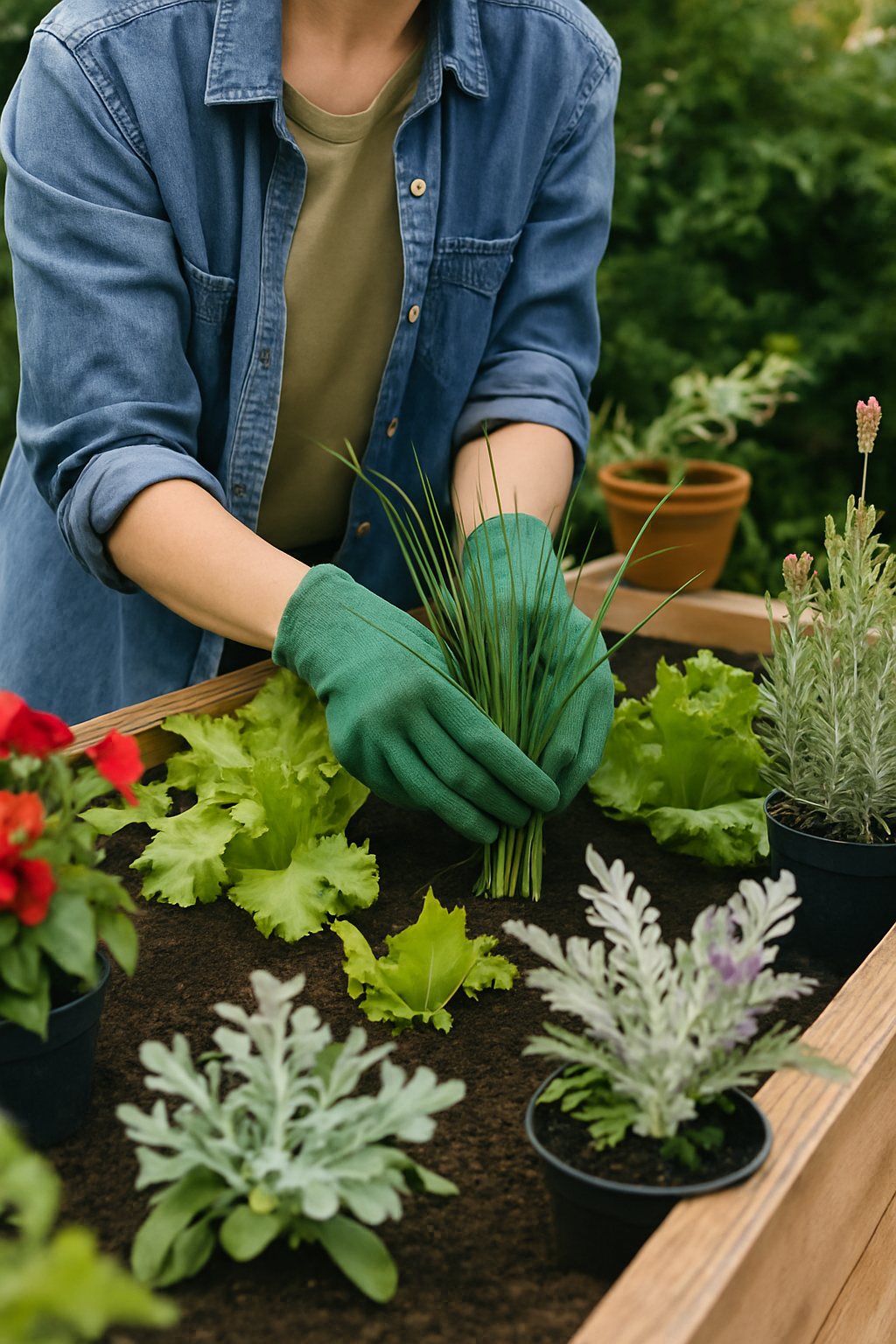When used properly, garden lighting can highlight specific features of a garden and create different moods. As a garden design academy, we understand how lighting can enhance the aesthetic of a garden, generate an ambience, and function as a safety feature. In this article, we will discuss how to achieve all of these things with different types of garden lighting.
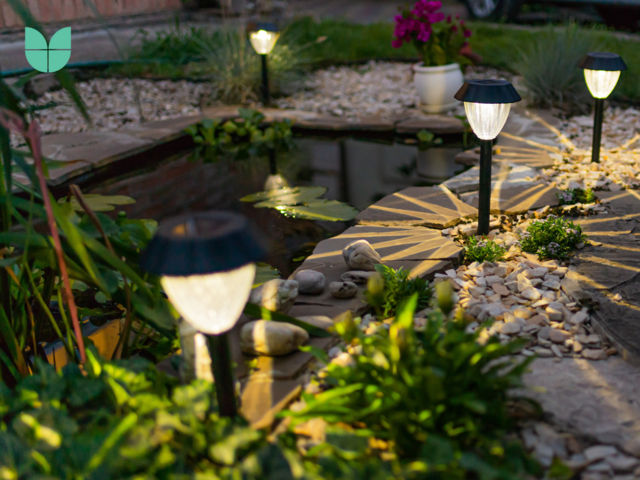
Types of Garden Lighting
There are many different types of garden lighting with some more suitable to a garden designer's needs than others. The following is an overview of some of the most common types of garden lighting:
- Pathway lighting is both practical and decorative. It is used to illuminate walkways and pathways and is typically low to the ground. While visibility is essential for safety reasons, it can also enhance the aesthetic of a pathway.
- Accent lighting is used to highlight specific features of a garden such as a water feature, a statue, or a tree. It is typically used to draw attention to specific elements of the garden.
- Ambient lighting provides general illumination within a garden and can determine the feeling of the garden. It is typically used to create a sense of warmth and cosiness.
When choosing the right type of lighting for your garden, it is important to consider both the style of the garden, as well as the intended use of the space. If there is a seating area where people will socialise or dine, then ambient lighting would be ideal, but a pathway that leads to this area will also need low pathway lights for safety.
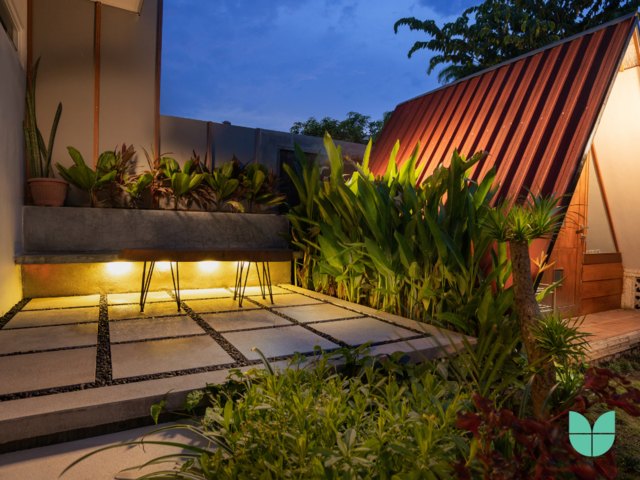
Highlighting Different Features
One of the most impactful uses of garden lighting is when it highlights specific features within a garden. There are several techniques that can be used to highlight features including up-lighting, down-lighting, and cross-lighting.
- Up-lighting is when lights are placed at the base of a feature and aimed upwards. This technique is often used to highlight trees, statues, and other tall features in a garden.
- Down-lighting involves placing lights above a feature and aiming them downwards. This is used to great effect when highlighting water features, sculptures, and other low-lying features.
- Cross-lighting is placing lights at different angles to a feature. This technique is often used to create a sense of depth and dimension to a garden.
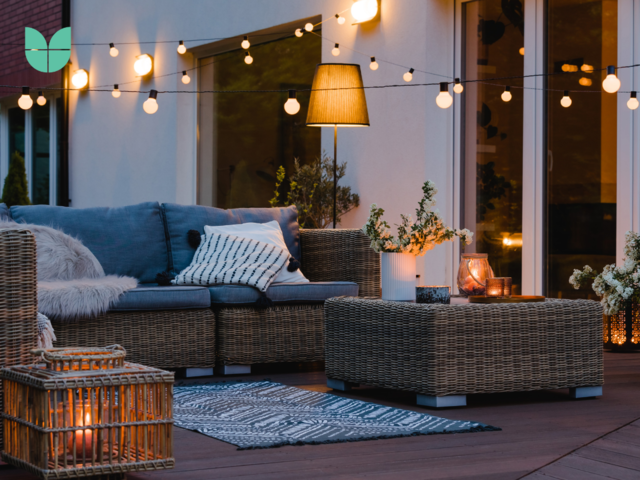
Creating Different Moods
Not unlike interior design, there is plenty of opportunity for mood lighting in a garden. The following are some examples of different moods that can be created with lighting:
- Romantic atmosphere: This can be achieved by using soft, warm lighting and placing lights in strategic locations such as near seating areas or water features.
- Cosy atmosphere: Try placing soft ambient lighting near seating areas or paths where small areas can be softly illuminated.
- Dramatic atmosphere: Positioning bright, intense lighting near sculptures or tall features will cast long shadows and create interesting silhouettes which create great drama.
The intensity and colour of the light will be a major contributor to the ambience of a garden. By adjusting the brightness of the lights, and using different colour bulbs or filters you can control the intensity of the light.
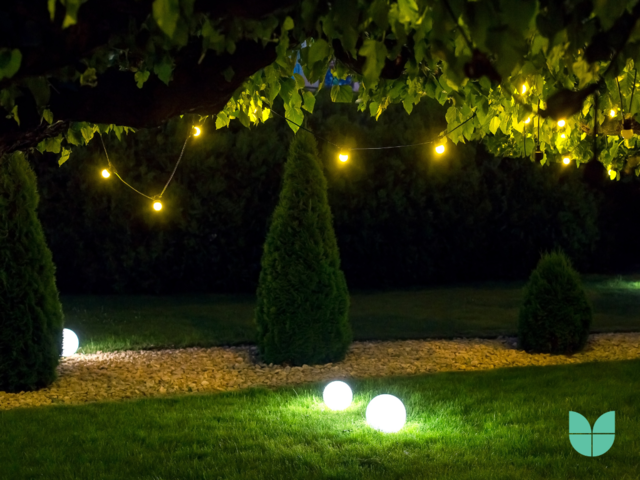
Installation and Maintenance
Installing garden lighting is a complex process that requires the expertise of a professional. It is important to ensure that the lights are properly installed and that they are placed in safe locations. Once the lights are installed, they must be maintained to ensure they continue to function properly. This includes cleaning the lights, replacing bulbs, and protecting them from weather.
Conclusion
Garden lighting is a beautiful addition to any garden and when used well, it can make trees, plants and garden features really stand out. Lighting can also introduce a mood and ambience while providing safety and security features. At our garden design academy, we understand the value of good garden lighting and offer courses that will teach you how to use lighting to enhance your garden design. Our courses cover topics including different types of garden lighting, how to use lighting to highlight different features, and how to create different moods with lighting.
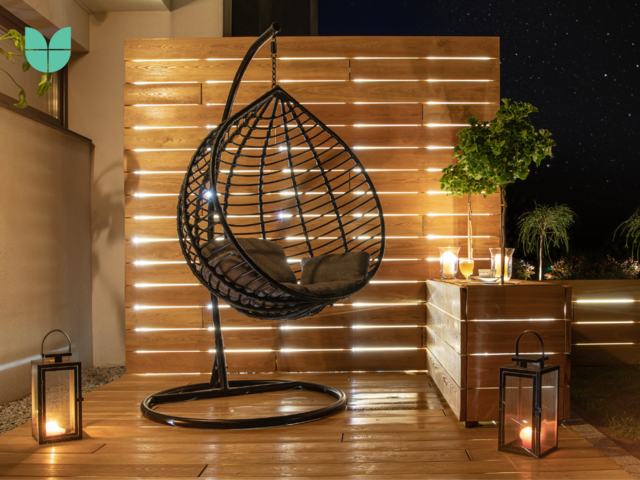
Our tutors are experienced professionals who will guide you through the process of creating stunning lighting in a garden design. They will provide you with hands-on training and support to help you develop the skills you need to create beautiful and functional gardens.
We invite you to take a look at our course offerings and see how we can help you develop your skills as a garden designer. We have a wide range of courses that will cater to different levels of experience and interests. Whether you are a beginner or an experienced professional, we have a course that will suit your needs.
Don't miss this opportunity to learn from the best and enhance your garden design skills. Enrol in our courses today and take the first step towards creating beautiful and functional gardens with lighting.
Thank you for reading our article, and we hope you have found it informative and useful. We look forward to welcoming you to our garden design academy and helping you develop your skills as a garden designer.

